Emergencies can strike at any time, so your emergency food pantry should always be prepared. You may or may not have a warning which may leave you stuck in your home with only the supplies you have already. If you are not prepared for such an emergency, you may not be able to get the proper food, nutrition, medical supplies, or water you need to survive. Depending on where you live different emergencies can cause different needs. And these emergencies don’t give time to preparation mistakes, because one wrong move can be crucial during emergency situations.
In contrast to your regular diet, emergency nutrition is significantly different. If you do find yourself putting your emergency plan into action, you’ll likely be using more energy than you normally would (consider how an emergency fund differs from a savings account).
However, one thing will always be relevant: your emergency food pantry. Don’t you have one? It is time you get one together. Being prepared isn’t just a trait of the Boy Scouts of America. It should be a trait for anyone living in America, as we are all susceptible to emergency situations. Especially those areas which are favorite spots of hurricanes.
In this article, we will cover the 10 staples you should have in a food pantry as well as how to start building yours up. In the event that you don’t have one already, we will show you the best methods for using, storing, and stocking your emergency food pantry.
What is an Emergency Food Pantry?
An emergency food pantry is basically an area of your home where you can store non-perishable foods and items that will help you survive emergency conditions.
This can be an entire closet full of shelves or a simple little cooler on wheels ready to go with you. The size will be determined by a few factors and the necessary supplies it contains will be generalized based on your location or emerging threats from your area.
A food pantry doesn’t have to cost a lot of money or stay so full you can’t keep the door closed. However, you should have enough supplies inside to feed every person inside your home for a few days or longer.
The most prepared pantries also have non-food supplies and enough extra for unexpected days or unexpected persons.
Here we will cover the necessities and amounts to get one person through three days of emergency conditions. If you have more people or want to add unexpected additions, just multiply the items by the number of people you want to hold supplies for.
Do Food Items from Your Emergency Pantry Expire?
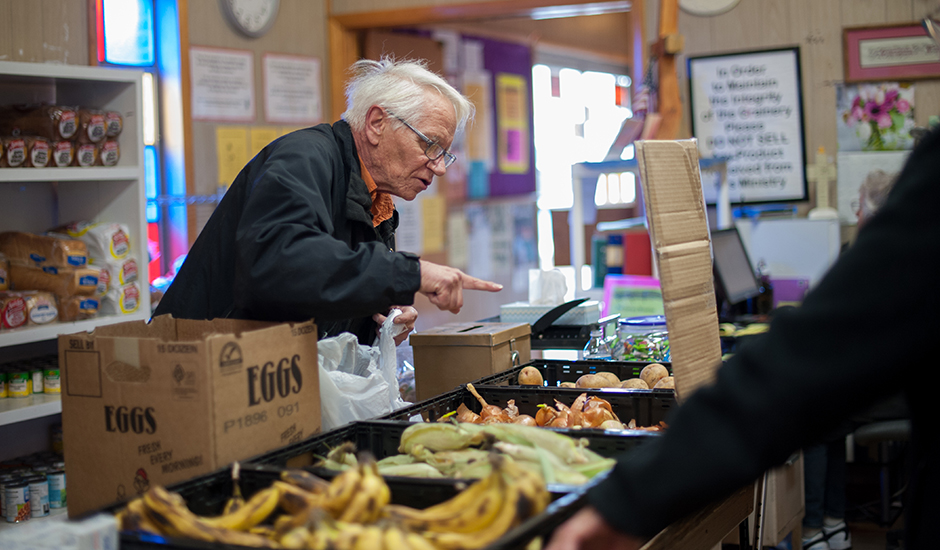
Yes. Anything edible will have an eventual expiration date. When you are making your purchases, you will need to check the expiration dates and keep records or frequently check for items near expiration that need to be used and replaced.
No items should go to waste. Don’t buy items you wouldn’t use in a normal situation. For example, if you are not fond of walnuts, don’t stock your pantry with walnuts. Use peanuts or almonds instead.
You want to be prepared, but you don’t need to set yourself up for more disappointment or frustration when you need to use the supplies.
Checking the expiration dates should be a regular item on your to-do list, like laundry or grocery shopping. Some people will check their pantry once a week, others once a month. It doesn’t matter the frequency as long as you are thorough.
When inspecting your pantry for expiration dates be sure you remove any that have already expired as well as take out any that will expire before your next scheduled check.
If you do end up removing items for expiration, try to use them so as not to waste money. You should then replace the items with new ones to keep your emergency pantry stocked and healthy.
Preparing Your Emergency Pantry: Special Considerations
One thing to keep in mind is the possibility of allergies, special needs, or other items that may be needed or required that are not on this list.
Examples will be things like insulin injections, special medications, or ensuring that your food items do not contain tree nuts or other allergens. You or anyone that may potentially be with you during an emergency situation should be cared for as best as possible.
Special considerations need to be made in these instances. Because there are so many different possible situations, this article will not cover the possibilities. Instead, we just want to ensure that you are aware that these conditions and situations need to be thought of when stocking your pantry.
Suggested Read: Prepper’s Spring To-Do List
Best 10 Staples for Your Emergency Food Pantry
One thing to note here is that the 10 staples listed here will not be all food-based. There are essentials that need to be in your pantry so that most of your emergency supplies are in one central and easily accessible location.
As each of these items is crucial, the list is also not in any particular order of importance. Each of these items should be in your emergency pantry and cycled regularly to ensure they are as fresh as possible and to date.
1. Canned Foods
Canned foods should be a large staple of your emergency food pantry. Also, canned foods have been processed and sealed to allow for longer shelf life. You should always check the dates of expiration before purchase to get the cans that have the dates furthest out.
Canned foods can include almost any food group including meats and fish. Canned meat has a particularly long shelf life and will provide protein and nutrients that are needed for survival.
You should also ensure you get canned fruits and vegetables as they will have vitamins and minerals not found in meats.
When possible, you should avoid jars as the light can shorten the shelf life of the foods stored in clear or translucent jars.
2. Water and Water Containers for Emergency Situations
Water is essential to life. You can’t rely on the tap to provide water in the event of an emergency. You never know when the water may be shut off or water pipes have broken allowing dirt, soil, and unknown contaminants to enter the water supply.
Bottled water is easily accessible and has quite a long shelf life. You should still check for freshness often to ensure your water is up to date. A lot of bottled water has additives to enhance flavors and will cause the water to have a spoiled taste if they sit too long.
Containers to hold water should also be kept in the pantry. Also, you can melt snow or collect rain in these containers if you cannot use your stored water. It’s one of the basic life hacks especially if you’re left without a choice.
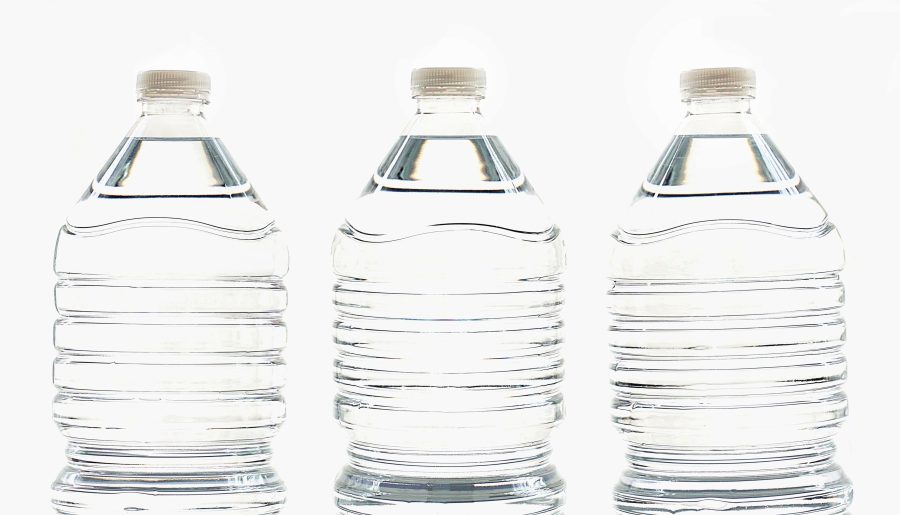
3. Candles and Matches
The ability to create a fire may be needed, and matches or lighters will prevent you from having to form sparks like a caveman. You will also use the matches to light candles.
Candles will give you light to see when the lights are out, and the sun is down. They can also provide some level of heat. You should also keep a box of crayons near the candles. A single crayon can be lit on fire and will burn like a candle for about an hour.

4. Blankets
Blankets are one of those supplies you often don’t think about but will need. You should keep one to two large blankets in a sealed bag. If you can use one of those vacuum-sealed bags to save on space.
In the event of a water-based emergency (flood, hurricane, etc.), you may find that your daily use blankets are soaked or ruined. You should have a dry, spare blanket to use and ready to go.

5. Dried Meats as Non Perishable Food for Emergency
Dried meats such as beef jerky, have a very long shelf life and are not that expensive to purchase in bulk or even to make yourself.
You don’t have to stick to beef, either. You can dry almost any type of meat, including pork, chicken, turkey, or even exotic meats such as alligator, ostrich, or others.
Most dried meats are cured with spices and seasonings and are ready to eat at a moment’s notice. It is a quick way to get meat and the protein and nutrients they provide when you can’t cook on a stove or grill.
6. Dehydrated Fruits
Just like the meat, dried fruits add variety and nutrition to your pantry without taking up a lot of space. Fruits will not last as long as dried meats, so you will need to check their expiration dates regularly.
Dried fruits will provide natural sugars as well as vitamins to your emergency diet. Dehydrated fruits are similar to freeze-dried fruits, the only difference is that freeze-dried foods retain the water after you defrost them. Dehydrated foods eliminate most fluids, thus lessen the chance of contamination, and prolonging its shell life.
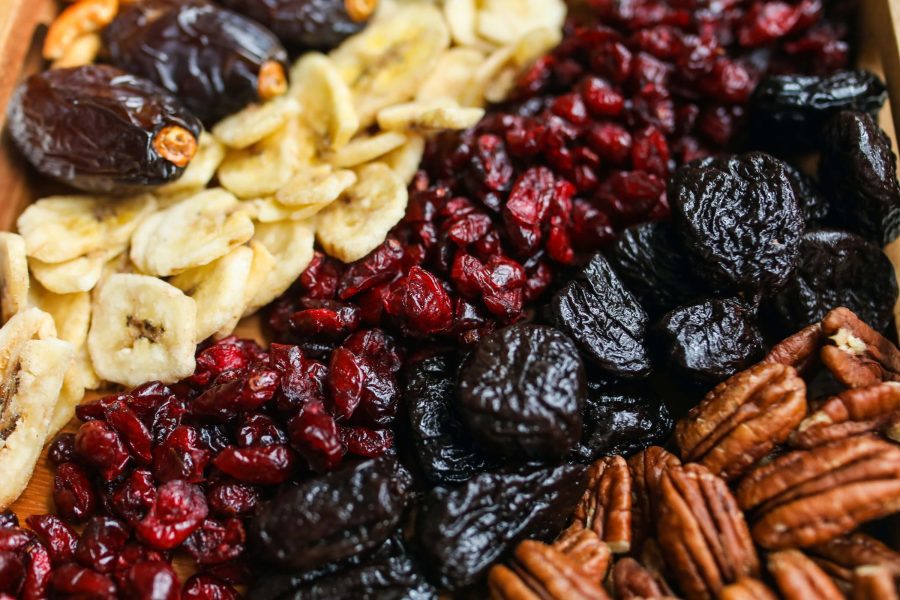
7. Crackers: Best Non Perishable Food for Emergency
Bread doesn’t have a very long shelf life. However, you can substitute your grain food group with crackers. Lower on salt than chips and can be used for miniature sandwiches, or canned meat-topped meals. Try to stick to whole-grain crackers, if possible.
8. Nuts & Seeds
Nuts and seeds should be a staple. They can be a more expensive buy. However, they do have a long shelf life and provide a lot of protein and minerals you may otherwise be lacking.
9. Shelf Stable Milk
You can buy boxes or bags of shelf-stable milk or milk that doesn’t need to be refrigerated. Dehydrated milk and evaporated milk work also. However, you will need to use your water supply to make them drinkable.
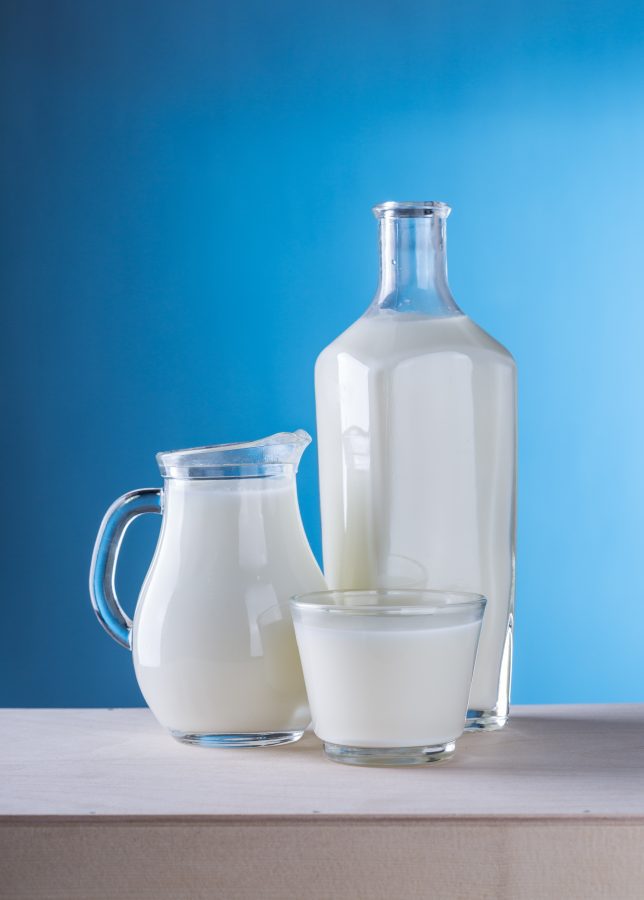
10. First Aid Kit for Emergency Storage
Finally, on our list, is a first aid kit. This should be well-stocked and full at all times. While bandages and tape won’t ever expire, you should keep an eye on the dates of the creams and ointments.
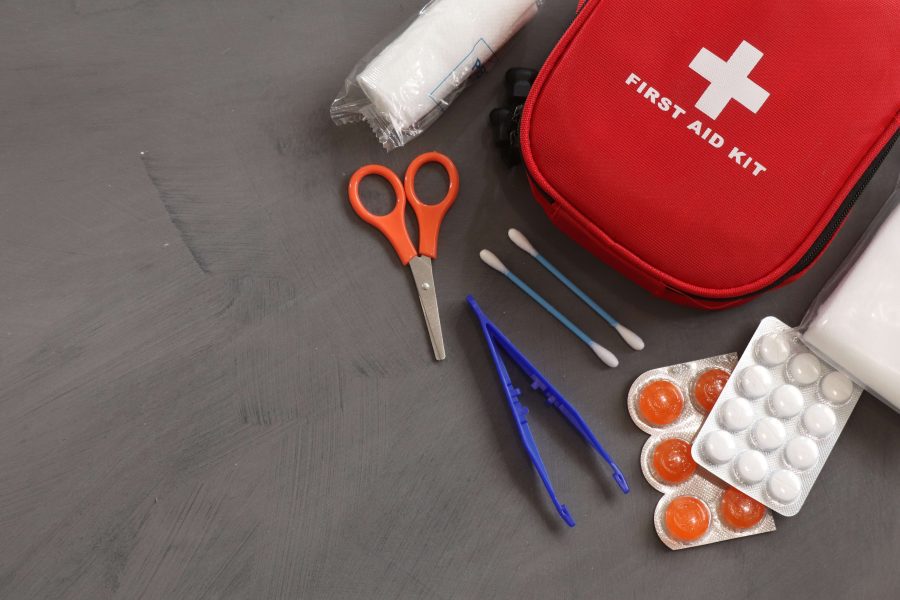
Do you already have your own emergency food pantry? Or do you want to add more to it? Let us know in the comments below and we’ll be very happy to hear it!
Becky is a wildlife enthusiast and pet and livestock care expert with a diploma in canine nutrition. With over a decade of experience in animal welfare, Becky lends her expertise to Simple Family Preparedness through insightful info about pets, livestock, bee keeping, and the practicalities of homesteading.

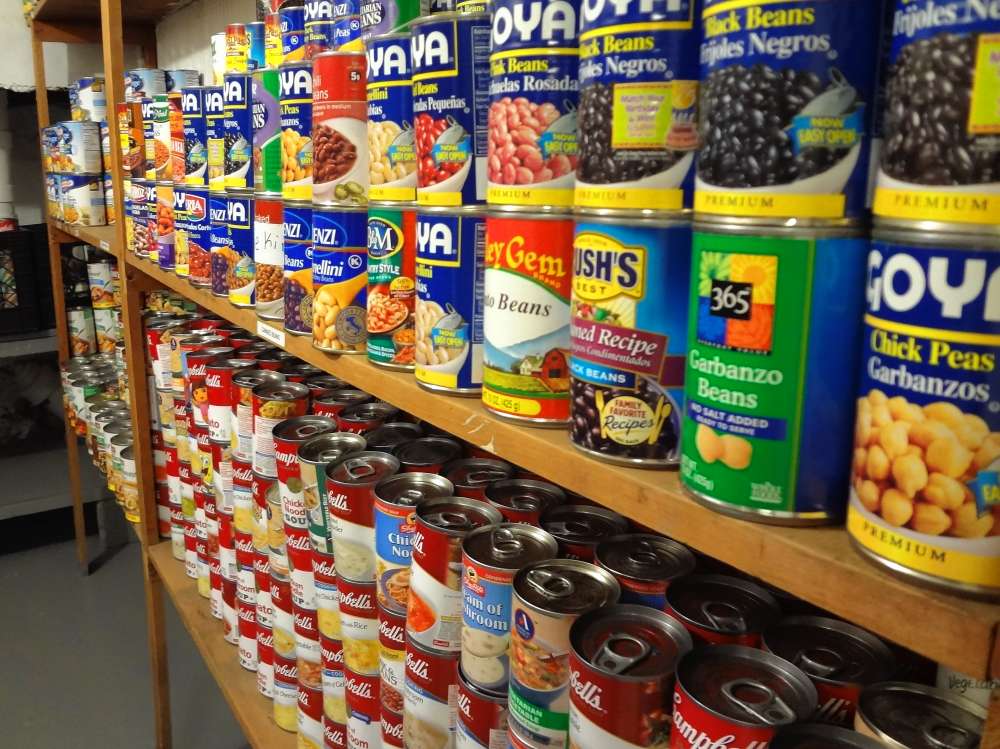


How do you know how much of each to stock up? I have a family of 6.
I have a question I hope someone can answer for me.
I canned quart jars of pinto beans. they all sealed, but
they are very thick. I soaked them well and cooked them before canning for 90 minutes. I put water in the jars with the beans, but when they came out of the canner there was no liquid left and the product is very thick. Do you think they got heated thru enough to be safe? thank you.
soy protein is not recommended if you are hypothyroid. You can get whey protein mix from many places.
For vegetarians and vegans, you can buy soy powder to use in substitute for soy milk. The benefit of soy and other plant based milks is that they do not need refrigeration. Dehydrated veggies are important, as are fruits. Protein sources can easily be found in nuts and seeds, as well as canned or dry beans. I also keep protein powder handy. It’s simple to stir into water, plant milk, or a smoothie. Whole grains such as bulgur, pearl barley, and buckwheat can be found at your local bulk foods store. Dehydrated versions of these foods and others can also be found if you look for them.
Soy raises estrogen and lowers testosterone. Men= erection and prostate issues. Women= ovarian/ menstral and breast issues.
Do your own research.
Nope! There is no evidence suggesting soy milk has any effect on the hormonal balance of humans. There is absolutely no evidence that men have lower testosterone or women have any kind of issues stemming from soy ingestion.
However, there is loads of proof that milk coming from cows, goats, etc. has negative effects on humans, such as abnormal maturity rates and the fact ~65% of humans are unable to digest lactose.
This is false.